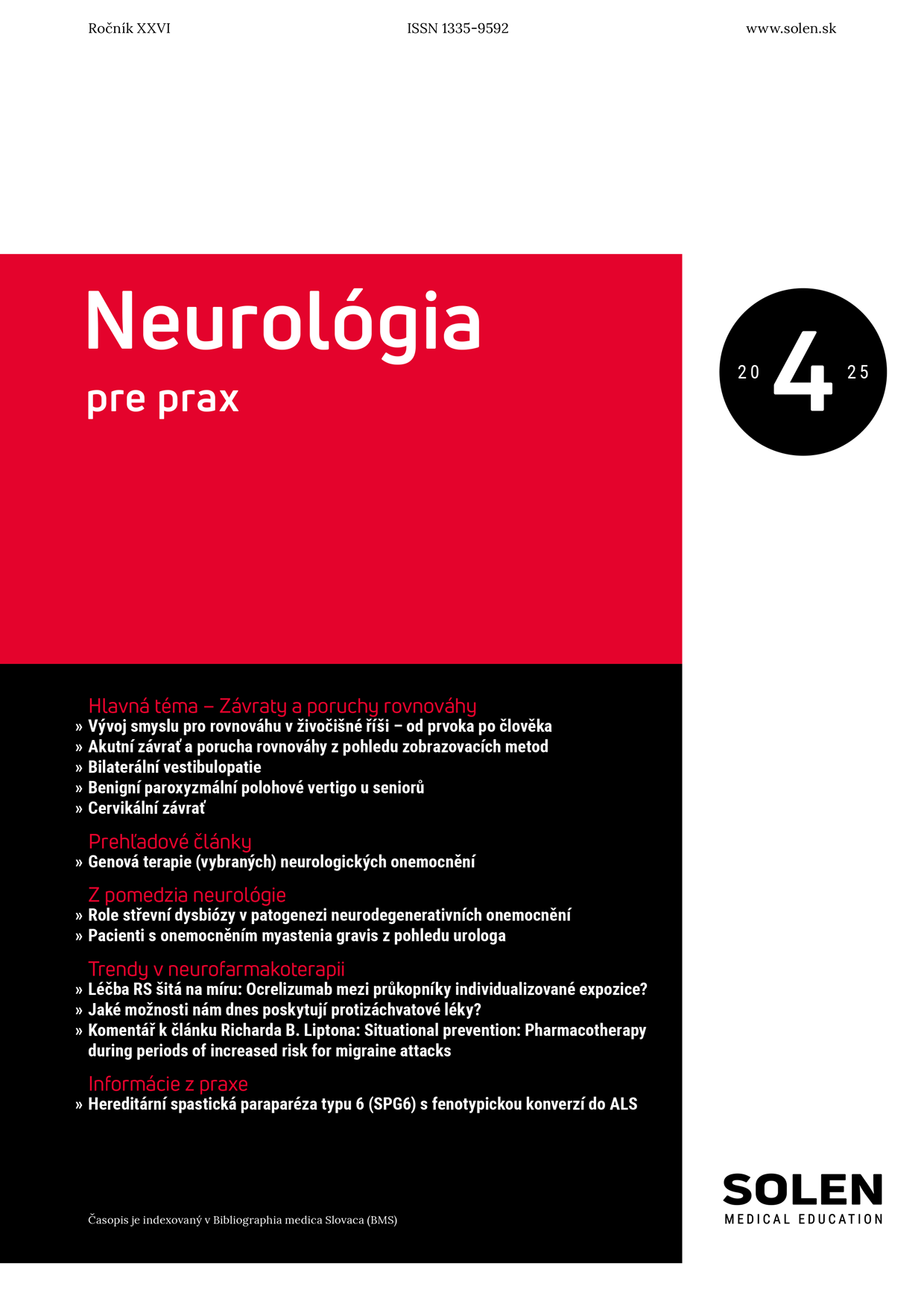Onkológia 4/2011
Treatment and prognosis of patients with hairy cell leukaemia treated in 1996 – 2010 at the National Cancer Institute in Bratislava
Thirty-eight patients were diagnosed and treated for hairy cell leukemia (HCL) at the Department of Clinical Oncology of the National Cancer Institute in Bratislava in the last 15 years. We focused on an evaluation of basic entry characteristics of clinical features and laboratory findings in peripheral blood and bone marrow, a disease-free interval in a group with relapsed HCL (median 31.5 months) and survival interval after the first-line treatment to death in 6 patients (median 50 months). Four patients (10 %) relapsed repeatedly. From 6 patients who died only 3 succumbed to HCL and complications arising from progression. We found the presence of atypical larger lymphoid cells with more compact chromatin and basophilic cytoplasm with projections in each of these 3 patients. Morphological change accompanied by poor prognosis. At the time of relapse we used monoclonal antibody anti-CD20 rituximab in four patients. Rituximab treatment failed in two cases who had repeated relapse with morphological blastic transformation of hairy cells. In patients, with relapse and without relapse of the disease, we monitored entry parameters of blood count, serum level of beta-2-microglobulin (β2M), the degree of infiltration and fibrosis of bone marrow, clinical symptoms associated with the activity of HCL, presence of autoimmune syndromes, occurrence of benign and malignant tumors, splenomegaly, hepatomegaly, lymphadenopathy, persistence of MRD after the first-line treatment, blastic transformation of the hairy cells after repeated relapse, and survival rate after 3, 5 and 10 years from the first-line treatment and after the first relapse. From a total number of 38 patients after the first-line treatment survived 3, 5 and 10 years 95 % (36), 89 % (34), and 87 % (33) respectively. 16 cases of relapsed disease survived 3 years 94 % (15), 5 and 10 years 81 % (13) after the first relapse. Progression free survival at 3, 5 and 10 years was 76 % (29), 74 % (28) and 60 % (23) respectively. Because 2 older patients in complete remission died 31 and 26 months after their first-line treatment of other causes than HCL, higher survival rate without MRD and without any relapse were observed only after 5 and 10 years following first-line treatment. The presence and the degree of MRD determines the risk of relapse and the survival rate after 5 and 10 years. Blastic transformation of the hairy cells is associated with resistance to cytostatic and probably monoclonal antibody treatments and has a poor prognosis.
Keywords: hairy cell leukemia, purine analogs, monoclonal antibodies, survival rate.

















